Shifting baseline syndrome
European Wilderness Society´s Wilderness Director, Vlado Vancura, continuing sharing his expertise with our readers. And we are glad to share with you his story about shifting baseline syndrome.
Personal story
I love my forest. Since my childhood I learnt that my forest has dramatically changed by man in a previous 100 year. My friends may agree on the current different types of my forest use, but opinions differ on what my forest originally looked like.
This is because of my curiosity and wish to better understand my forest. I learnt that my forest has changed dramatically, when men colonized mountains with my forest. My grand-grand-dad wrote:
…it was so unique to be in this old-growth forest. Massive old pines, spruce and beech creates a feeling to be in church…
But I never seen it. I never get that kind of feeling. In 1990 my forest was logged and timber was used to build houses in the nearby village.
My grand-grand-dad´ recollection on that forest is much different than mine, which will be different from the recollection of my grand-child. The “standard” of my forest before arrival of the first colonization I consider as a baseline. During several decades this baseline dramatically shifted. In a case of my grand-grand-dad – old growth forest, in my case – freshly logged forest, in a case of my grand – child newly planted monoculture.
Shifting Baseline Syndrome
Shifting Baseline Syndrome is perpetuated when each new generation perceives the environmental conditions in which they grew up as ‘normal’. It also illustrates how people’s standards for acceptable environmental conditions are steadily declining. This phenomenon is not limited only to climatic conditions, but also wildlife populations, water bodies, and entire ecosystems (forests, lowland, mountain landscapes).
We have gradually tolerated the loss of many things in our environment – places, species, and resources. We tolerate that number of vertebrate species, that have gone extinct, that about one half of the planet’s undeveloped wilderness we have eliminated. All these quantities are so abstract for us, that it is difficult to wrap our mind around the issue.
What is the Baseline?
Shifting Baseline Syndrome occurs when conditions of the natural environment gradually degrade over time, yet people (e.g., local citizens, natural resource users and policy makers) falsely perceive less change because they do not know, or fail to recall accurately, how the natural environment looked like in the past.
The appropriate baseline is the pre-human-modified condition of the landscape, ecosystem, climate, or species population. To identify correct baseline is usually task for scientists.
Framework for reasonable scientists should be a balance between society’s needs and the needs of the environment. It is generally accepted that we cannot ever achieve the true baseline – that’s not the goal. The goal is to use it as a benchmark to assess change and assign value to depleting resources.
As the human population grows and demands on resources increase, there is an even greater need to stabilize our baseline for a desirable state of our natural world. Without this, our standards for a healthy environment will continually decrease. With a steady, accurate baseline, we can sustain more of our natural world and avoid significant losses.
Consequences of the Shift
The theory of Shifting Baseline Syndrome is only a recently recognized phenomenon. Evidence abounds, but scientists are just starting to better understand its causes and effects. A recent review identified the causes of changing baselines as a lack of experience, memory, and/or knowledge of past conditions.
The consequences of Shifting Baseline Syndrome are a lowering of our standards for what we deem to be a healthy state of our environment. At the same time, we experience an increase in tolerance to environment.
Correcting the Shift
However, there are ways we can correct that shift (at least partially). Recommendations how to prevent or reverse Shifting Baseline Syndrome are:
- Learn about the natural history. This knowledge can help you to understand what we have already lost and what should be our objective during the restoration and rewilding
- Restore the natural environment
- Monitor and collect data
- Implement environmental education programs. That can help better understand the appropriate baseline by which we should measure environmental change.
Conclusions
The shift in our standards is very often not intentional. But with ongoing environmental degradation at local, regional, and global scales, people’s accepted thresholds for environmental conditions are often being lowered without realizing it.
In the absence of past information or experience with historical conditions, members of each new generation accept the situation in which they were raised as being normal.
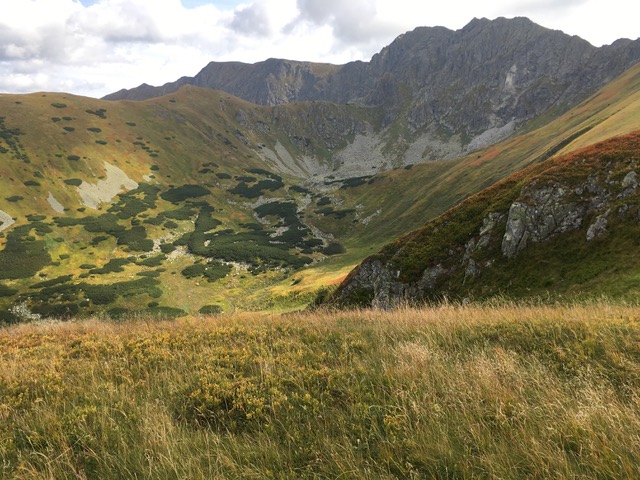
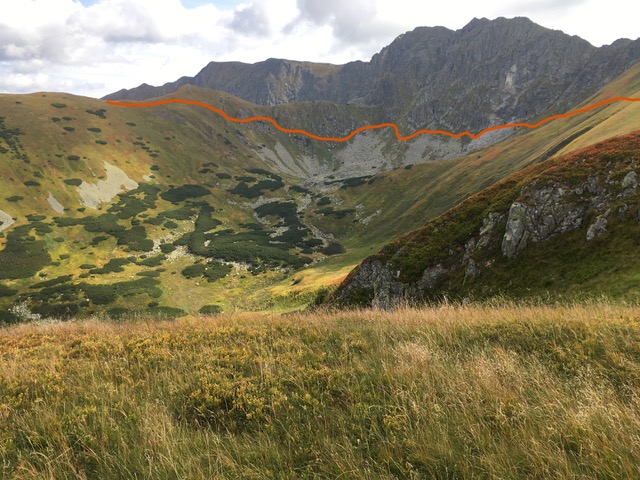
Picture 1. Low Tatra Mountains, Slovakia in 2022. Current generation perceives the environmental conditions in which they grew up as ‘normal’. In this case they perceives the scatter islands of mugo pine in tree line in this valley as ‘normal’.
Picture 2. Low Tatra Mountains, Slovakia. Red line indicate where the mugo pine in tree line used to be before man started used this area in the about 15th the century. Man in that time intensified significantly logging and burning forest to gain new grazing areas for sheep, cows and goats. That was in a time when man dramatically decreased line of the mugo pine in this valley.

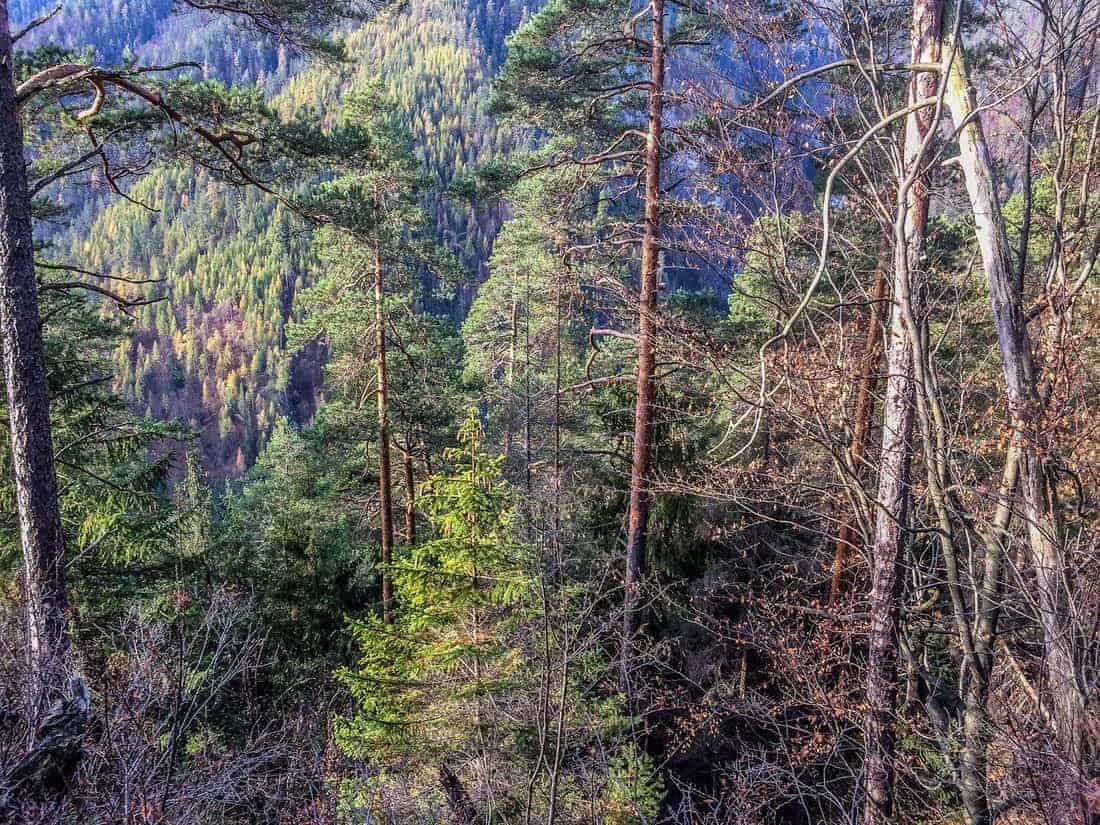
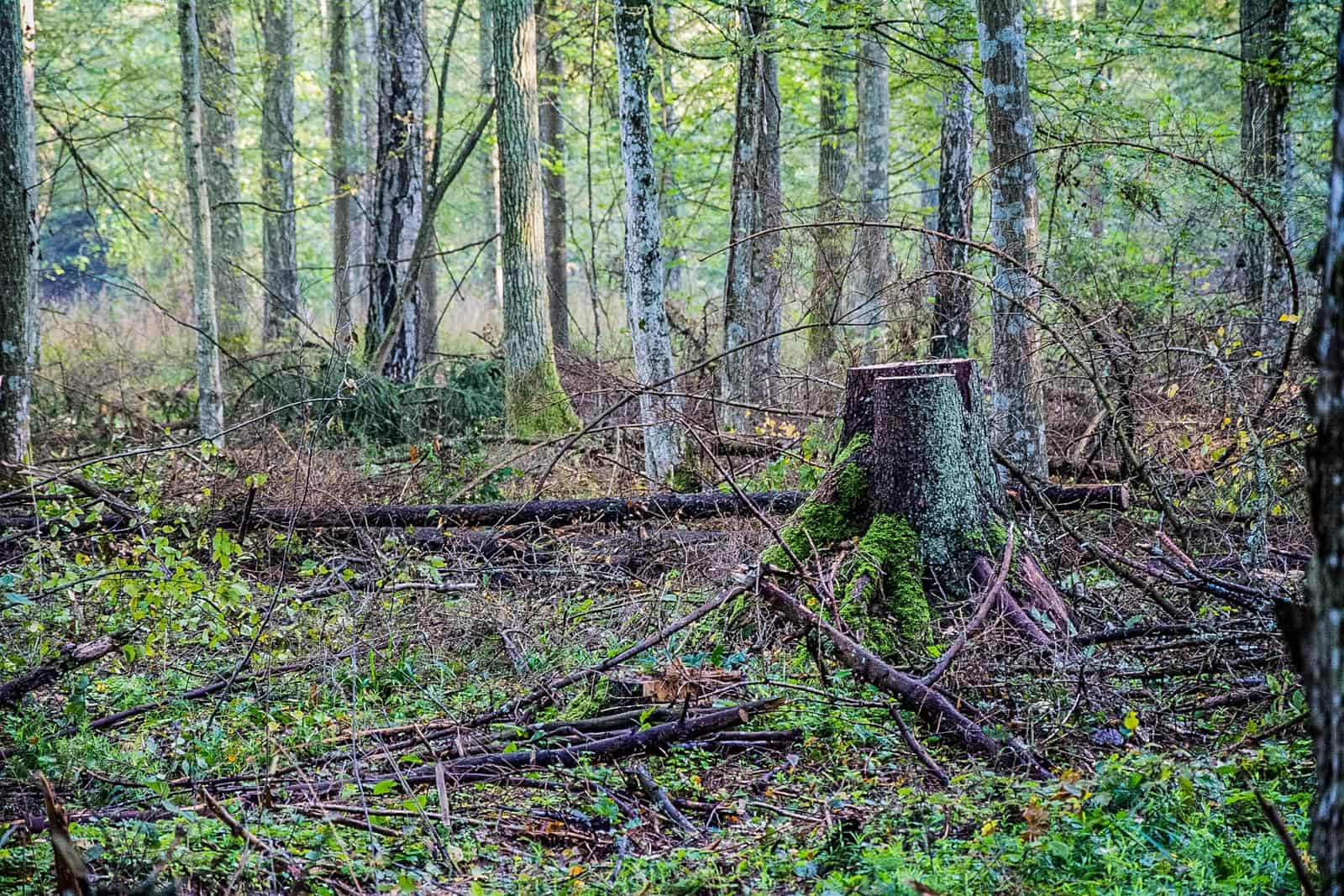
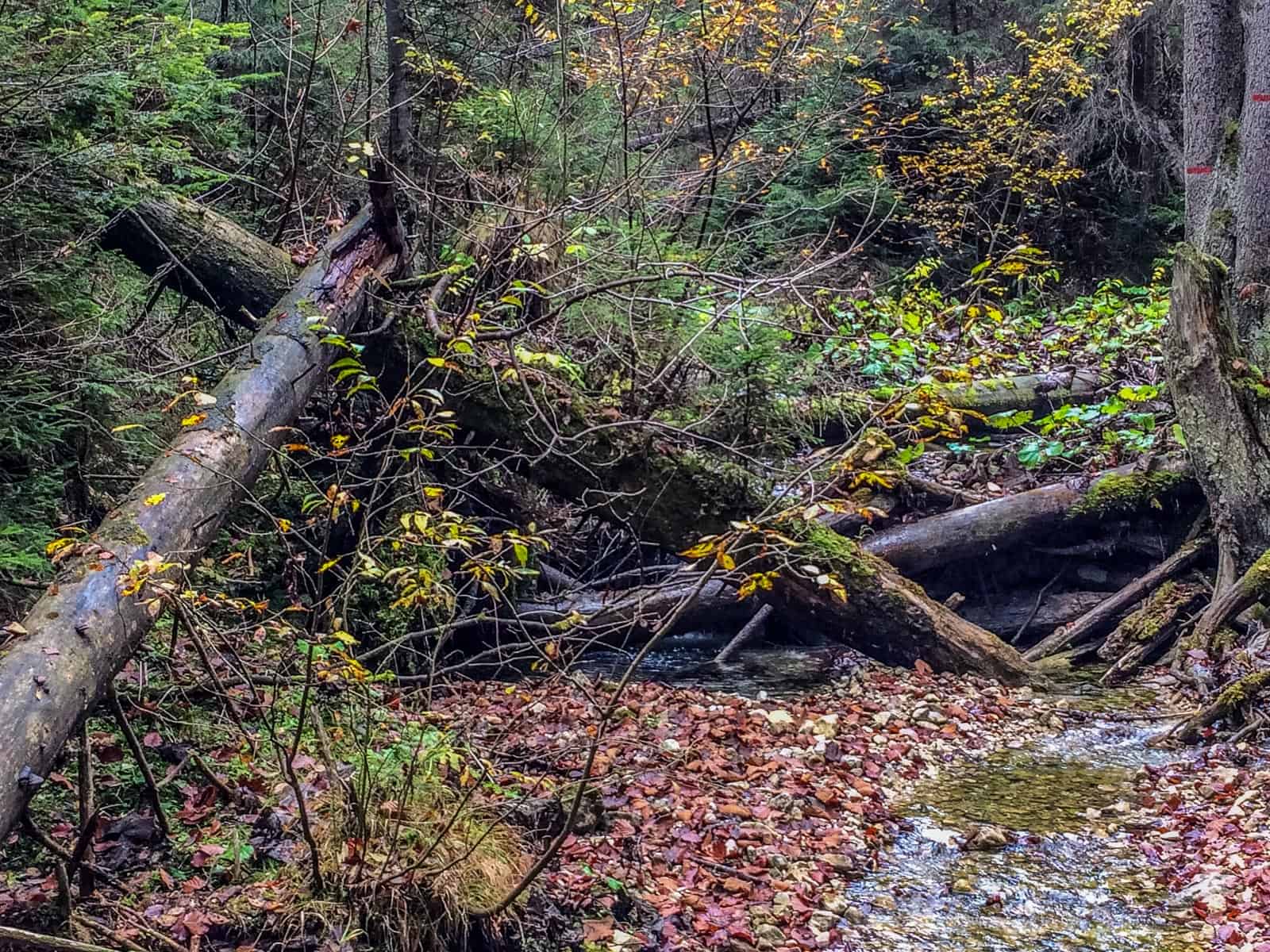
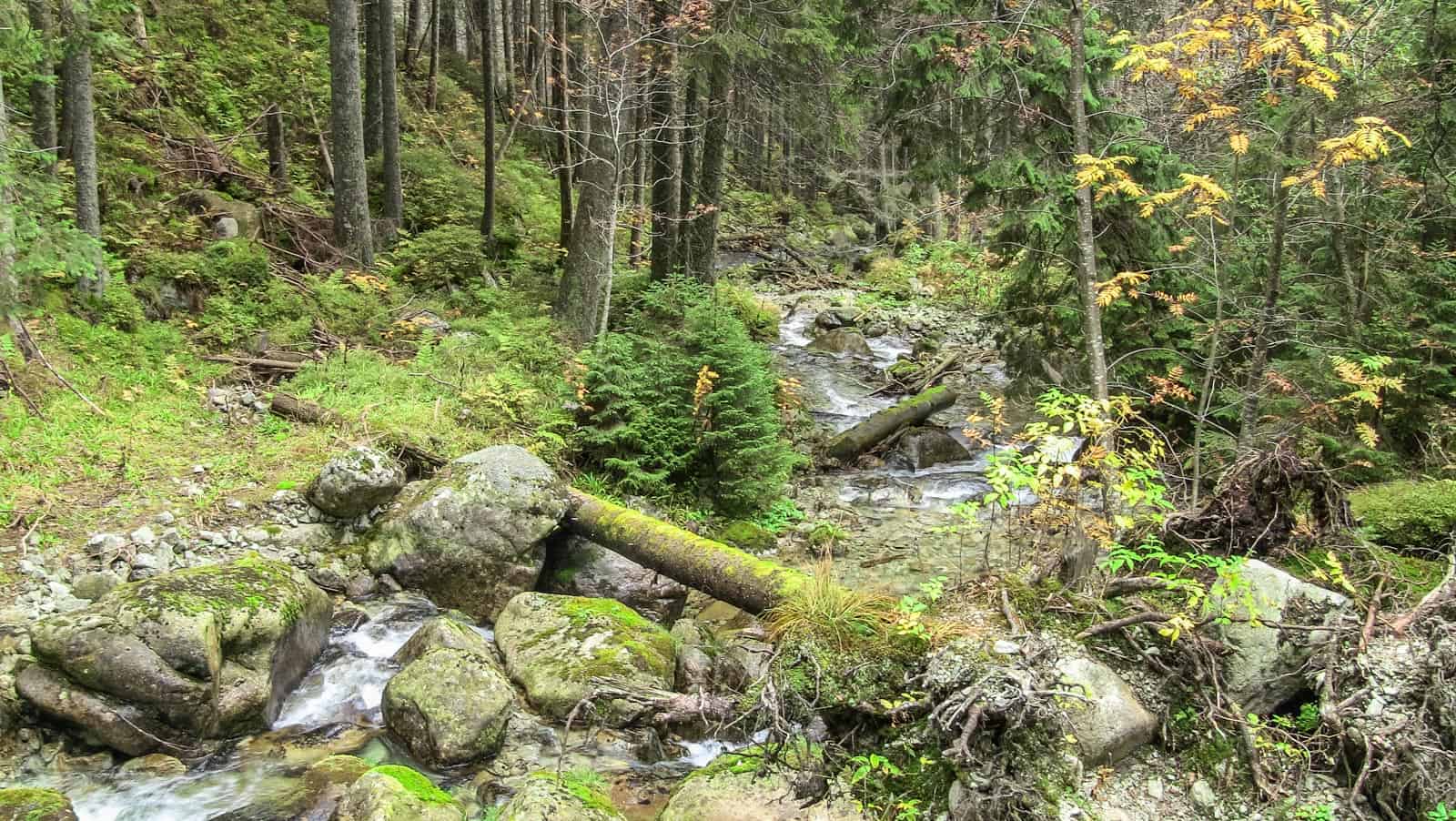
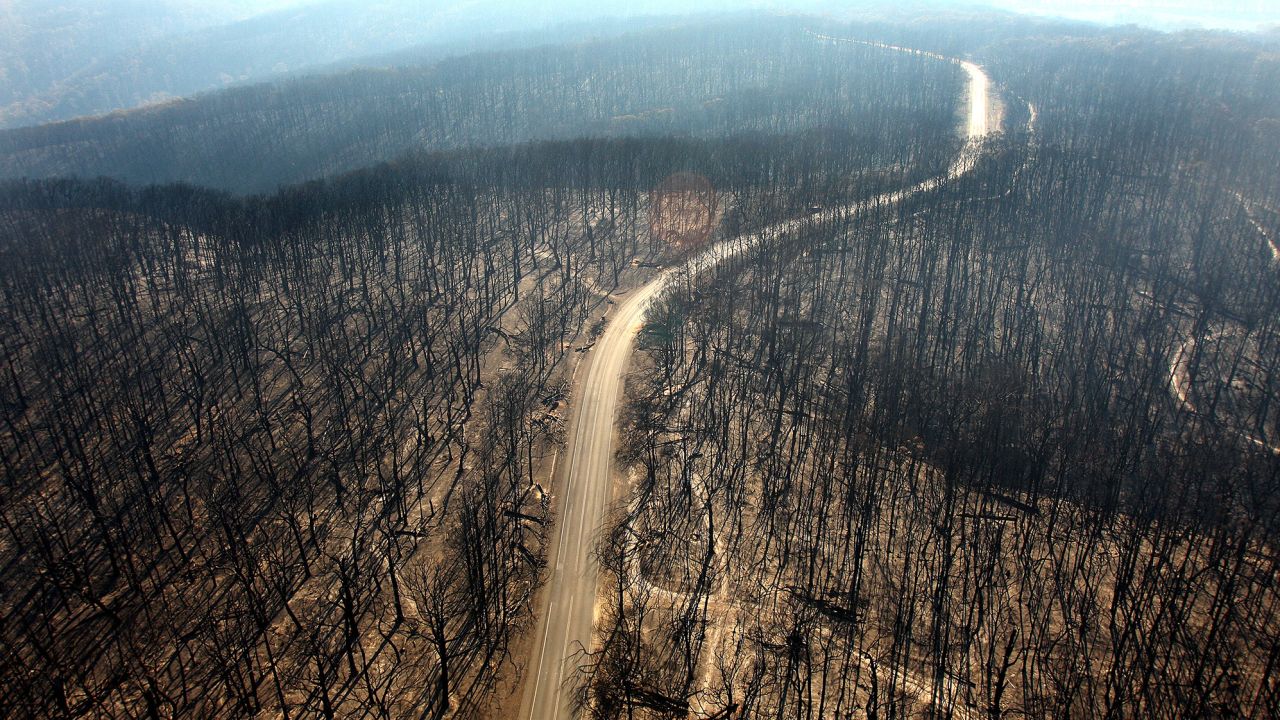
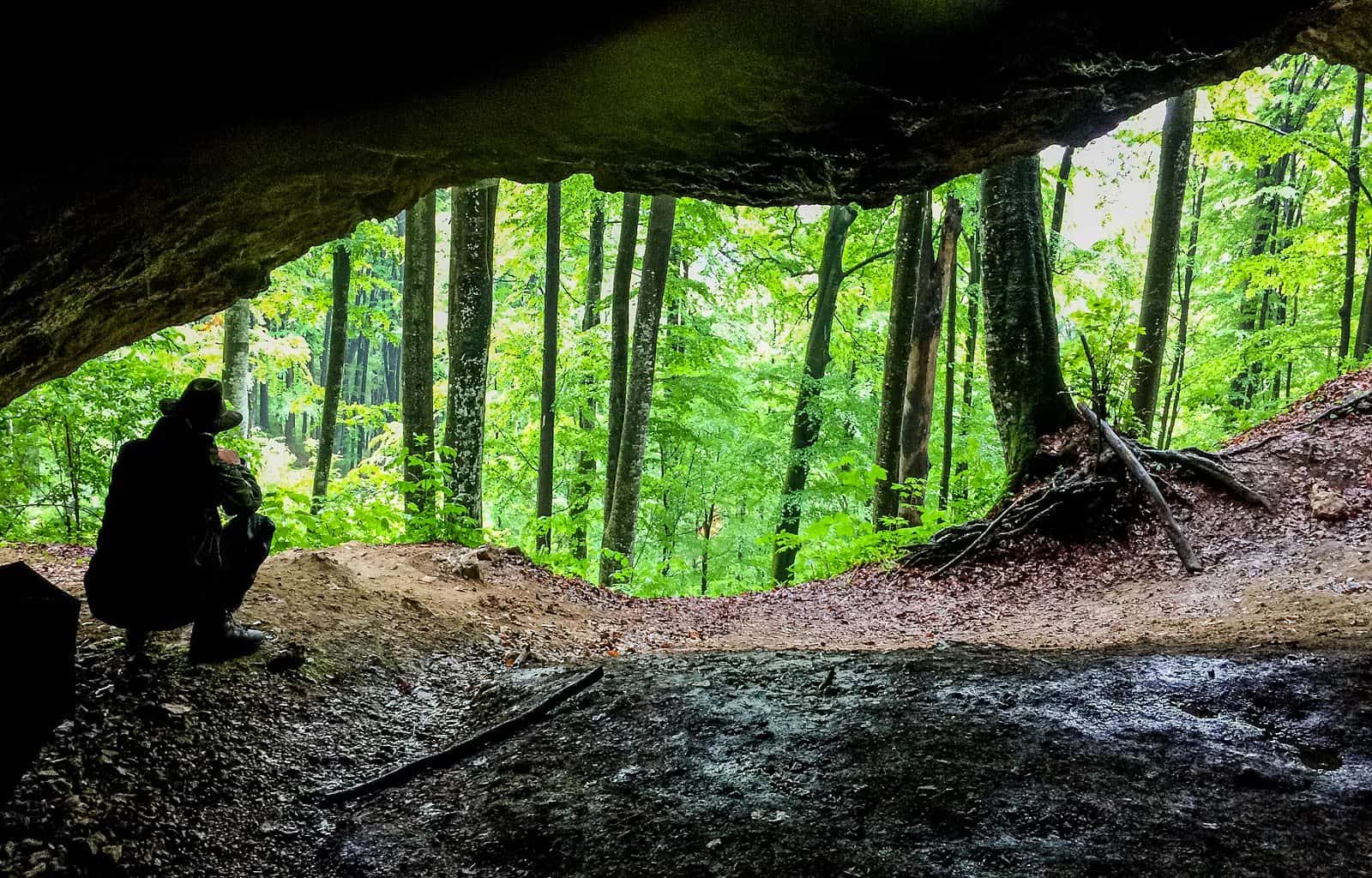
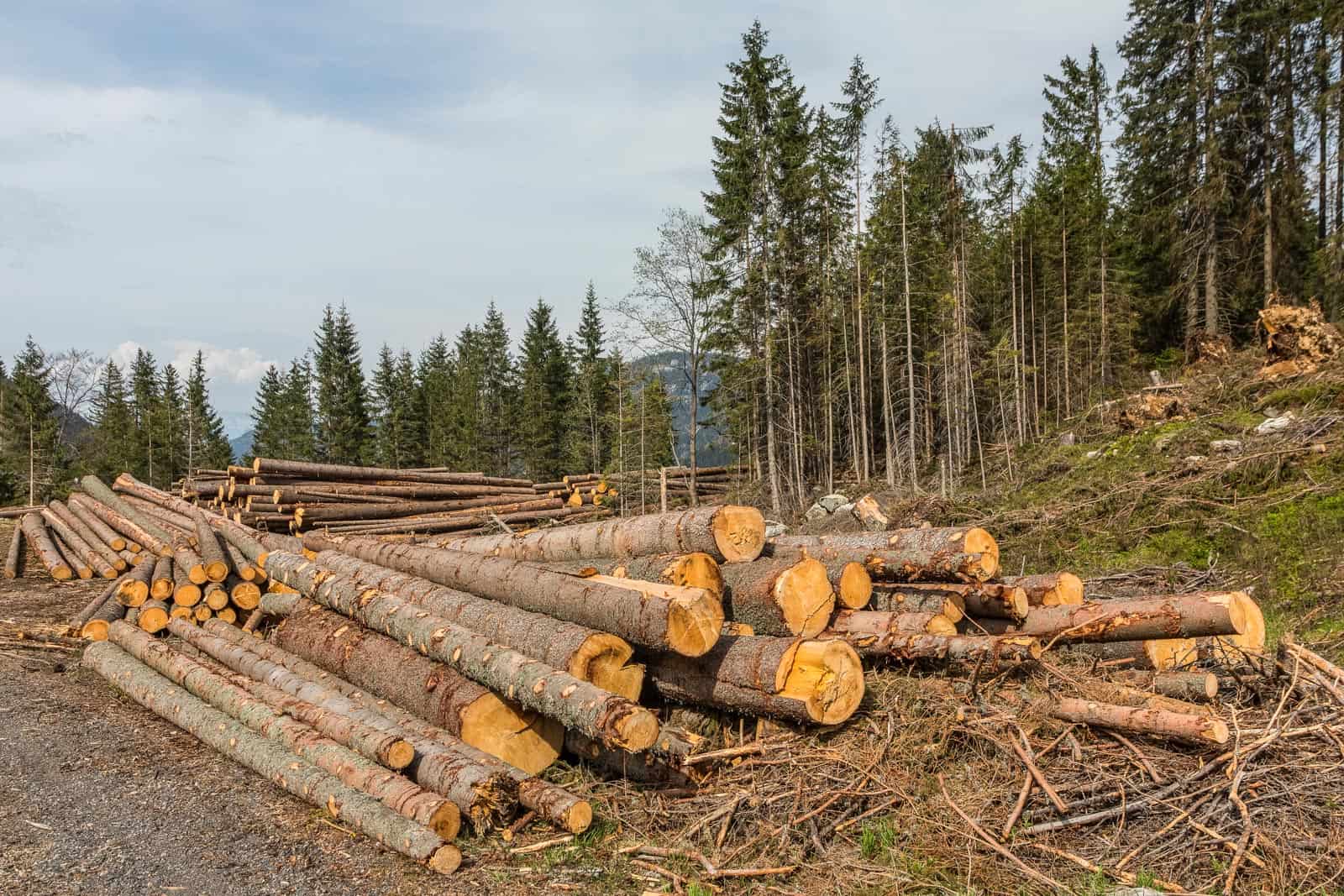
Great post Vlado! Eight years ago, I wrote a similar blog about it for EWS https://wilderness-society.org/shifting-baseline-syndrome-disease-forgetting-lost-nature/